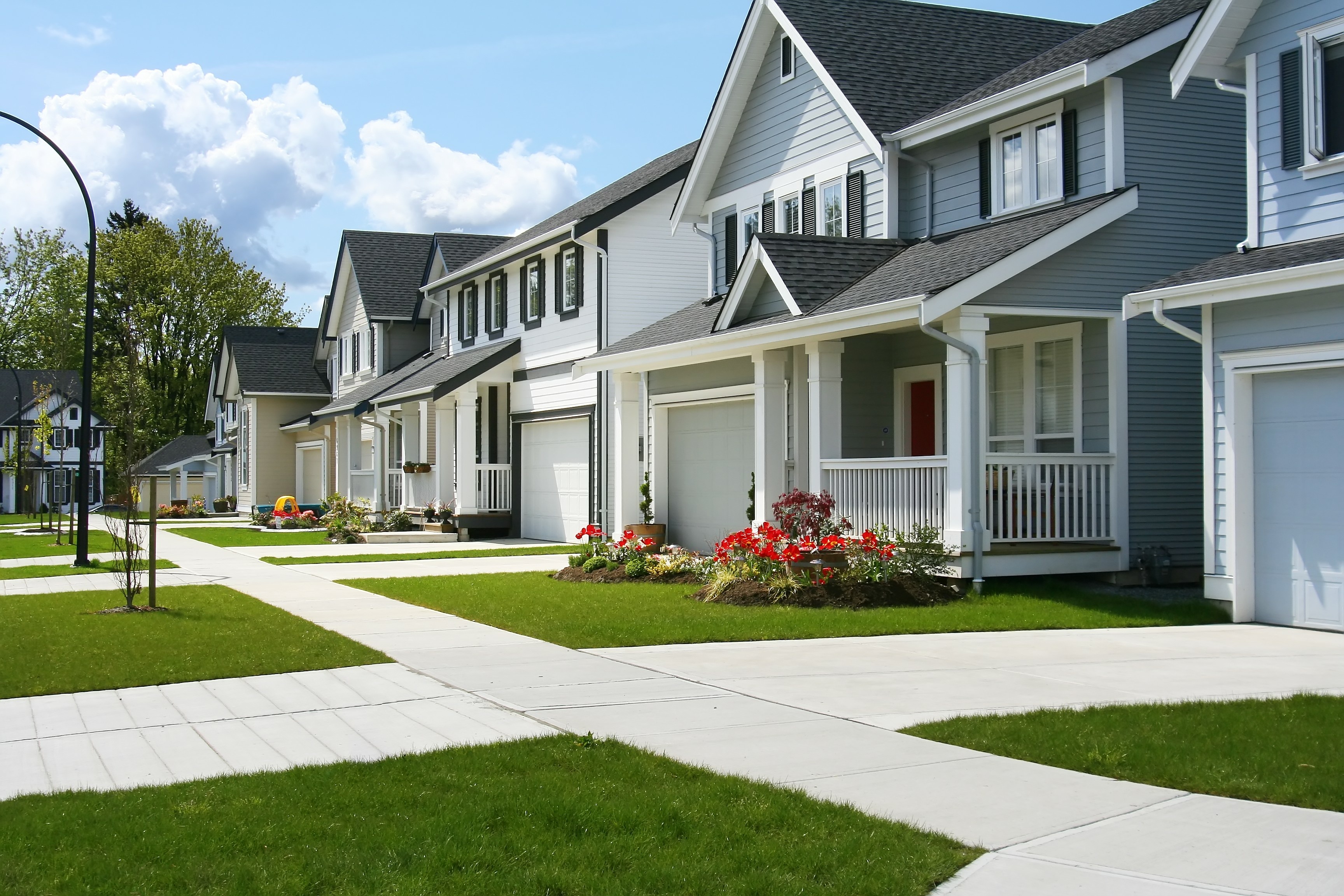
Eco-Friendly Building Practices to Inspire Your Next Project Nov 06, 2025
One of the most significant ways to integrate eco-friendly practices into your project is by emphasizing energy efficiency. By selecting materials and systems that reduce energy consumption, you can significantly lower utility bills while minimizing the carbon footprint of your building. Options like high-performance insulation, energy-efficient windows, and advanced HVAC systems are excellent starting points. Additionally, incorporating renewable energy sources such as solar panels can further reduce reliance on traditional power grids, potentially leading to net-zero energy usage.
Water conservation is another critical aspect of sustainable building. Implementing systems that minimize water waste is not only good for the environment but can also lead to substantial savings. Low-flow plumbing fixtures, rainwater harvesting systems, and xeriscaping—an approach to landscaping that reduces or eliminates the need for supplemental irrigation—are all effective strategies. These solutions are particularly beneficial in arid regions or areas facing water scarcity, making them a wise choice for any construction project.
Material selection plays a vital role in the eco-friendliness of any construction endeavor. Opting for sustainable materials—those that are renewable, reused, or have a low environmental impact—can drastically enhance a building's sustainability. For example, bamboo is a rapidly renewable resource that serves as an excellent alternative to traditional hardwoods. Reclaimed wood and recycled metal are also popular choices that help reduce waste and decrease the demand for virgin materials. When it comes to concrete, consider using mixes that incorporate fly ash or slag, industrial by-products that enhance durability while lowering the carbon footprint of the concrete.
Another innovative approach is to design for adaptability. Creating flexible spaces that can easily be altered for different uses over time reduces the need for future construction and demolition, which can be resource-intensive. Thoughtful design that anticipates various needs and functions enhances the longevity and utility of a building, ensuring it remains relevant and functional for years to come.
Passive design strategies are also critical in sustainable construction. These involve making the most of the building's location, climate, and orientation to maximize natural light and ventilation, reducing dependency on artificial lighting and climate control systems. Consider incorporating large windows, strategic shading, and high thermal mass materials to maintain comfortable indoor temperatures naturally.
As you contemplate your next project, consider how these eco-friendly building practices can be integrated to not only enhance the sustainability of your design but also improve its overall functionality and cost-effectiveness. Five-Four Construction LLC is committed to guiding you through this journey, offering expertise in implementing these sustainable solutions effectively.
By embracing these practices, you contribute to a healthier planet while creating spaces that meet the needs of today's environmentally-conscious clients. Whether you are building from scratch or remodeling an existing structure, sustainable construction is a wise investment in the future. It's time to make eco-friendly building the foundation of your next project, ensuring lasting benefits for both the environment and your bottom line.
/filters:no_upscale()/filters:format(webp)/media/a97a48c3-77ab-45d1-b5fa-d8102b9b4b94.jpeg)